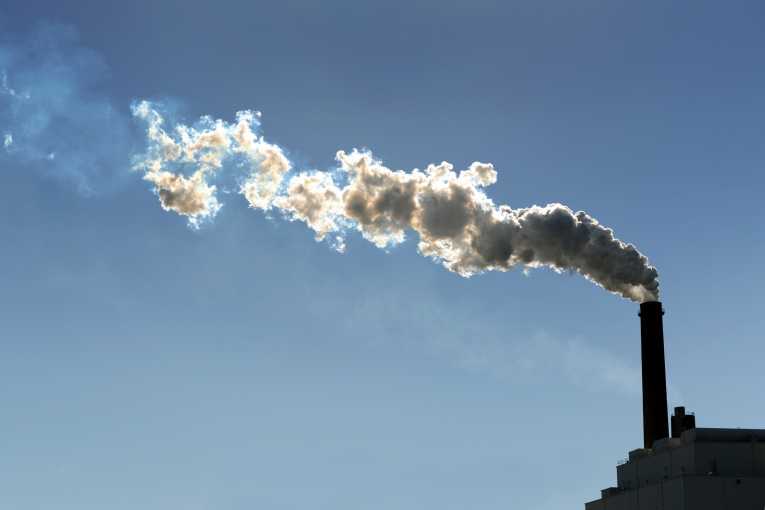According to the Iran Meteorological Organization, the country’s greenhouse gas emissions have increased by 3% in the past decade.
Whereas in developing countries, an increase in greenhouse emissions is a sign of a growing economy, the same cannot be said about Iran, where the emissions have increased despite years of economic stagnation.
“This indicates the enormous waste of energy in the development process,” IRNA quoted Davoud Parhizkar, head of the IMO, as saying.
Recalling Iran’s warming climate, he said between 1968 and 2014 the average temperature in the country went up by 3 degrees Celsius per decade. Moreover, annual precipitation dropped by 1.2 millimeters while evaporation increased by 10 mm per year during the same period.
Parhizkar urged officials to work toward reducing greenhouse gas emissions, curbing dependence on fossil fuels, aiming for an oil-free economy and using green and renewable sources of energy.
“We must accept climate change as a fact and assess it regularly and officially.”
In addition to developed countries, Iran and a few other developing countries including Indonesia, Brazil, India and South Korea are listed among the world’s top producers of greenhouse gases. China and the United States top the list, accounting for 28% and 16% of global emissions, respectively.
With its annual carbon dioxide emissions exceeding 800 million tons, Iran is among the top 10 producers of the gas.
In the UN climate change talks in Paris (Nov. 30 – Dec. 11), which led to the signing of the historic Paris Climate Deal, Iran pledged to cut its greenhouse gas emissions by 4% relative to the business-as-usual scenario by 2030, while suggesting that it could increase its pledge to 12% with financial assistance from the international community.
Official estimates suggest that $17.5 billion in investment are needed to ensure Iran meets its unconditional pledge, i.e. without international aid, of 4% reduction in emissions by 2030.
To meet the conditional pledge of 12% reduction, it would need about $35 billion in international aid.
A climate plan of action unveiled by the government last November explicitly states the need for significant policy reform in the energy sector, which is responsible for over 90% of Iran’s greenhouse gas emissions. With the lifting of economic sanctions in January, Iran hopes to be able to access modern technology in order to achieve what some call “unambitious” climate targets.


